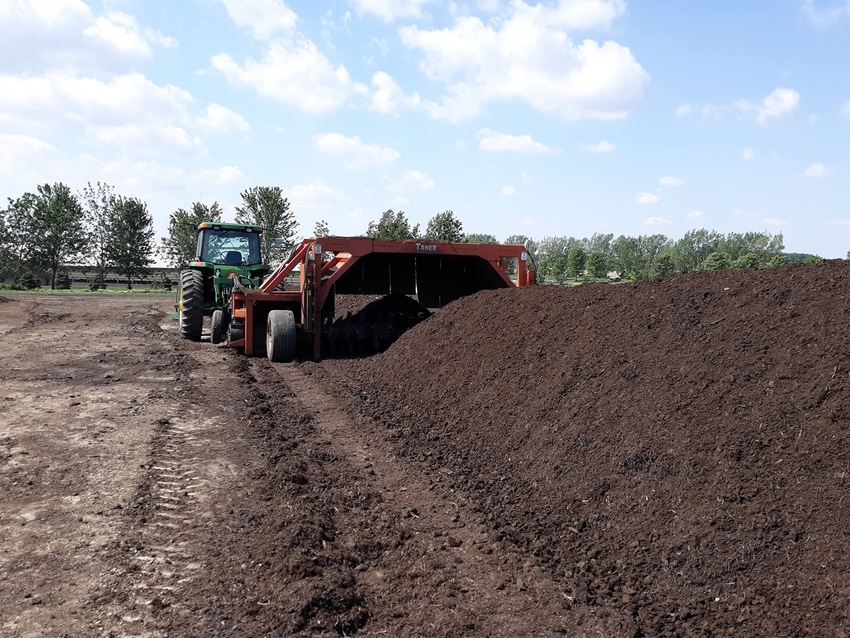Odor and leachate easily addressed by selecting and managing appropriate co-compost materials.
May 4, 2021

Composting has long been an option for livestock mortality disposal. It generally can be done on farm, requires little in the way of equipment and additional supplies and the end product may be used to enhance soil fertility.
Although composting has not been standard operating procedure on many farms due to other established processes, some new or potential situation changes have led to renewed interest in composting. Whether you’re interested in reducing or eliminating rendering truck stops on-site or are working on an overall biosecurity plan for your operation, composting now could be on your radar.
A new publication from Iowa Pork Industry Center can help provide the information you need. Iowa State University extension swine specialist Dave Stender is one of the authors. He said that while it’s written for beginners, anyone who wants to learn more about issues, options and steps can benefit.
“Two primary worries about composting are odor and leachate, which is the water that has percolated through a solid,” he said. “Both of these are easily addressed by selecting and managing appropriate co-compost materials.”
The publication outlines how to set up the base for the compost, cover the carcass to shed rain, and choose the co-compost material that will act as a biofilter to stop any adverse odors.
Download the publication Field Tips for Successful Composting, AE3549 at no charge from the Iowa State Extension Store.
You May Also Like



